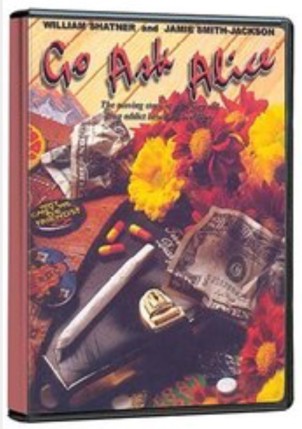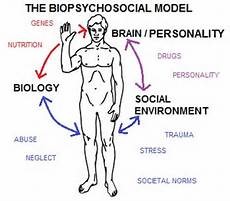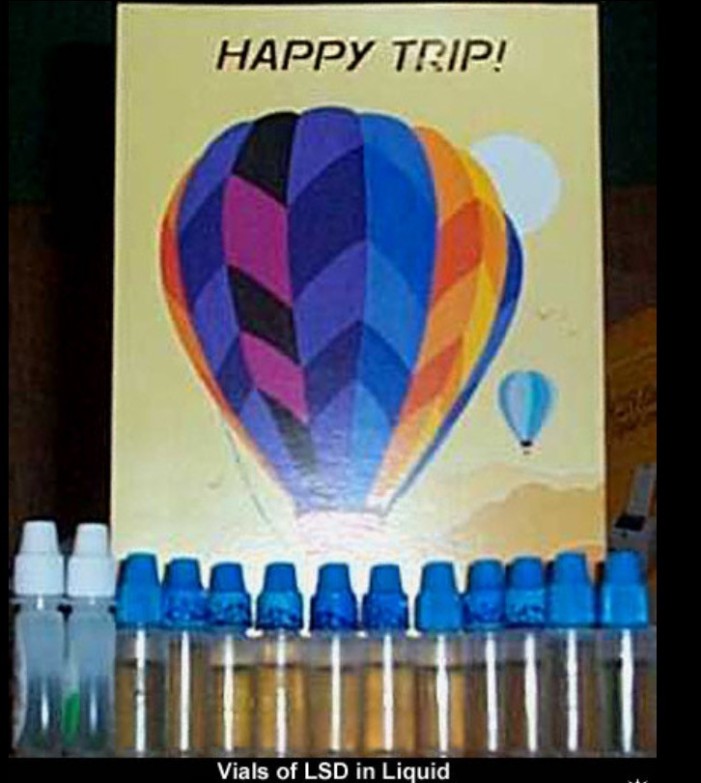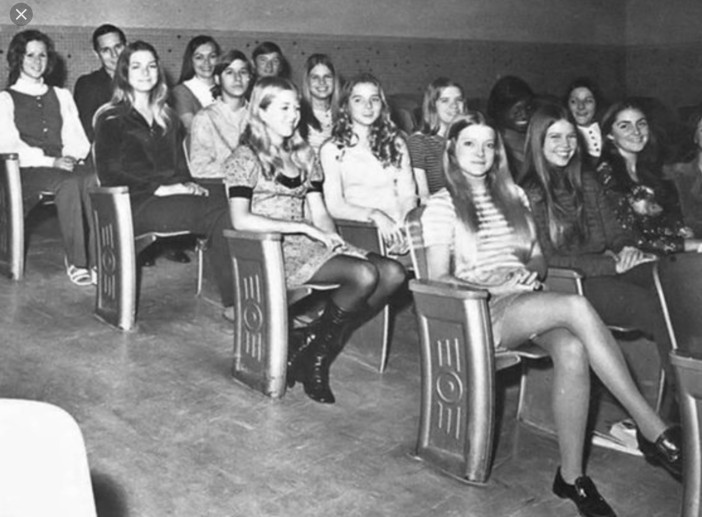A few weeks ago, I ran across John Korty’s 1973 Go Ask Alice film and was reminded of my very vivid twelve-year-old memory. My girlfriends and I would pass the anonymously written book Go Ask Alice (1967) to each other, under desks, due to its scandalous content. Our parents would never have let us see the movie.


The book is allegedly the diary of Alice: a fifteen-year-old, coming-of-age girl who has an unhappy ending. Her agonizing life experiences were tangibly excruciating to read. I was curious if the movie would be as graphic as I had remembered the book. Additionally, I wanted to see if the written behaviors supported the biopsychosocial model. This model reflects that complete physical, mental and social well-being are required to maintain health.

Alice, the main character, considers her diary to be the only one she can “talk” to. The biopsychosocial model contains emotional, societal, and cultural contexts. Societal norms define someone who thinks there is no other living soul they can confide in as ostracized. In turn, feeling ostracized would negatively impact behavior and health. Indeed, in Alice’s case, it does.
Loneliness and social isolation are now proven to cause greater psychological stress and poor health. Specifically, “… it has much more to do with how much control you have over life circumstances and the degree to which you’re able to participate fully in society …” (Marmot 2002). Alice worried about her weight, finding friends, the relationship with her boyfriend, and fitting in at a new school.

Alice has upsetting experiences, as she experiences a new high-school and summer with the grandparents, but the game of “Button Button” was particularly damaging. During the rare social experience of being invited to a party, Alice “luckily” and unknowingly receives the button. It was a Coca-Cola laced with LSD.

Her trip irrevocably changed her life. The drug hid her inhibitions and she was being accepted by a social clique (peer-student drug-users). Initially, she vowed never to knowingly do drugs again but the drugs won her over. She quickly became thin, was popular, had a boyfriend, and life seemed awesome. This clearly speaks to the behavioral context mentioned earlier within the biopsychosocial model. The lack of social and mental well-being led to her change in behavior and eventual addiction to drugs. In response her parents were in denial despite her change in verbiage, clothing, and behavior. This also reflects the impact of the social-cultural norm of the late 1960s.
Before vs. After

Neuroticism is one of five main personality types. This personality tends to remain in distress and unstable. Alice’s personality mirrored neuroticism. Unless she was high on drugs, she was constantly in distress which led to the unhealthy behavior of drug-use. Her temporarily groovy world looked like this:

Aspects of Alice’s personality resulted from her negative drug therapy. Her disease of addiction continued to cause further negative change. Additionally, Alice’s behavior reflects tropism. Certain personalities, like Alice’s, are pulled towards the crutch of mind-altering drugs.
Her neuroticism and her social-cultural environment led her to embrace drugs. The drugs negatively impacted her mental and physical health. The constant instability in her biopsychosocial make-up influenced her negative spiral. Her need for drugs led to her sexual assault, physically harming herself, and ultimate death.

The movie included a factoid that was not in the book. There were over 5,000 deaths the year Alice’s parents found her dead upon returning home one evening. Alice had been sober for months and had stopped using her diary. Thus, no one would ever know what happened. That said, the biopsychosocial model reflects Alice’s failure to simultaneously maintain mental, social, and physical well-being clearly led to her eventual death.
Overall, the movie covered all the important points. Albeit it was much more G-Rated than the diary’s deceased author’s completed entries.
If drug or alcohol addiction should ever happen to you or a loved one, I would highly recommend researching the following websites. Both are renowned for their long-term success rate with drug and alcohol addiction.
https://www.hoagaddictiontreatment.com/hoag-addiction-treatment-rehabilitation/#~D1h4f3
Best wishes to you and yours…